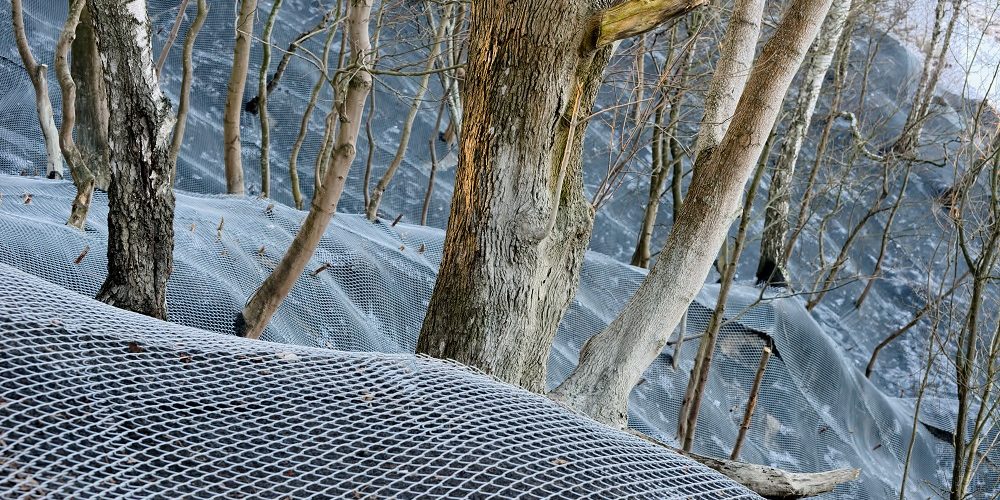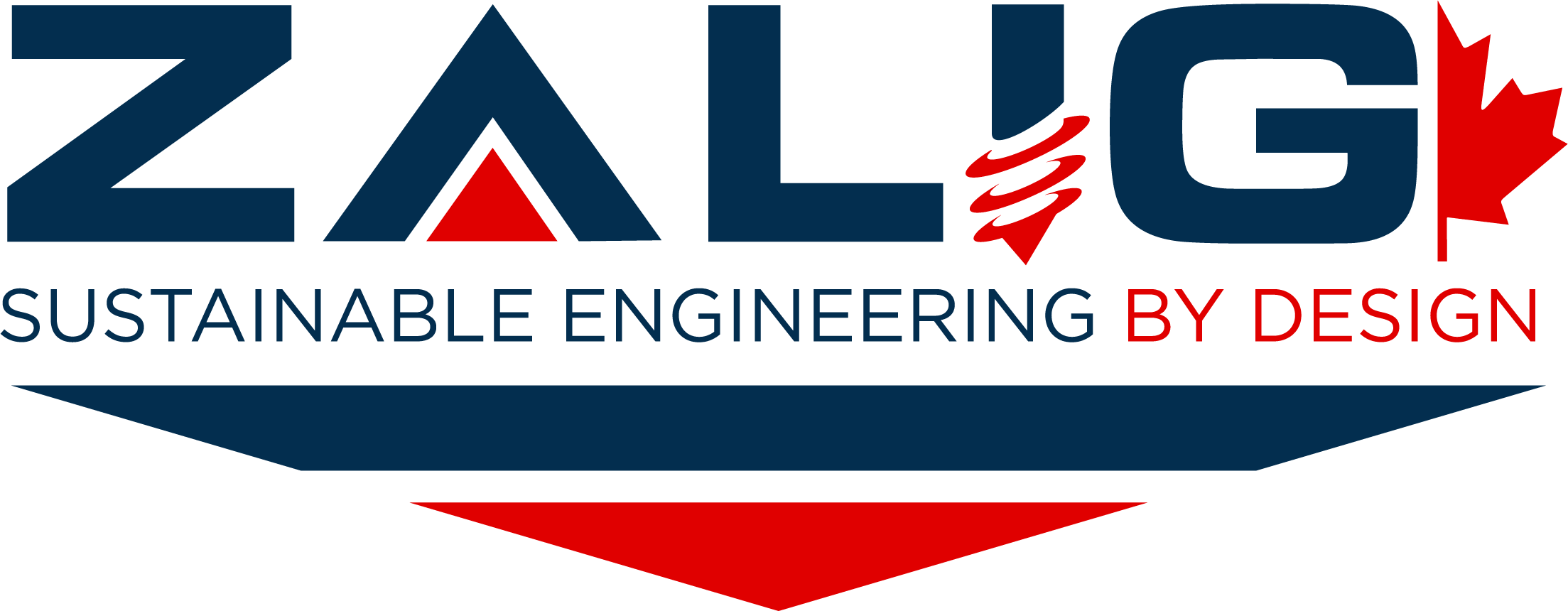- Slope Stability
Slope stability analysis is the process of evaluating the likelihood of a slope or embankment failure, such as a landslide or slope collapse. It is a critical aspect of geotechnical engineering, as slope failures can have serious consequences, including damage to property and infrastructure, loss of life, and environmental impacts.
There are several methods used to analyze slope stability, including limit equilibrium methods, finite element methods, and reliability-based methods. These methods allow engineers to evaluate the stability of a slope under different conditions, such as different soil and rock types, water levels, and loading conditions.
One of the main advantages of slope stability analysis is that it allows engineers to identify potential slope failure hazards and design or retrofit measures to mitigate these hazards. This can include measures such as constructing retaining walls, installing drainage systems, or stabilizing the slope with soil nails or other reinforcement methods. By identifying and addressing potential slope failure hazards, slope stability analysis helps to reduce the risk of landslides and other slope failures, which can have significant economic and social benefits.
Another advantage of slope stability analysis is that it allows engineers to optimize the design and construction of slopes and embankments, which can lead to cost savings. For example, by analyzing the stability of a slope under different conditions, engineers can choose the most cost-effective design and construction methods that still meet stability requirements. This can help to reduce construction costs and improve the overall efficiency of a project.
Slope stability analysis can also be used to improve the sustainability of slopes and embankments. By identifying and addressing potential slope failure hazards, engineers can design slopes and embankments that are more resilient to environmental impacts, such as erosion and weathering. This can help to reduce the need for maintenance and repairs over time, which can have long-term cost and environmental benefits.
In conclusion, slope stability analysis is a crucial aspect of geotechnical engineering, with numerous advantages. It allows engineers to identify and mitigate slope failure hazards, optimize the design and construction of slopes and embankments, and improve the sustainability of these structures. By incorporating slope stability analysis into the design and construction process, it is possible to reduce the risk of slope failures and improve the overall safety and efficiency of projects.
At ZALIG, we offer a wide range of quality geotechnical, environmental, material testing, transport, survey and hydro-technical engineering services to clients in both the public and private sectors. Operating from our base in Western Canada, our industry-leading experts set the pace in various geotechnical, environmental, and construction service markets. If you need geotechnical engineering services in Alberta, we've got you covered! Get in touch with us today and let's talk about your project!
Any Questions related Solutions?
- Slope Stability
- Slope Stability
Slope Stability recommendations and analysis. At ZALIG we understand that the successful evaluation of slopes and their stability requires accurate geological assessment and specialized engineering analysis. You can trust our team to focus on gathering detailed information, using trusted assessment methods and providing practical results.

- Related Sub Services
- Download Brochures
